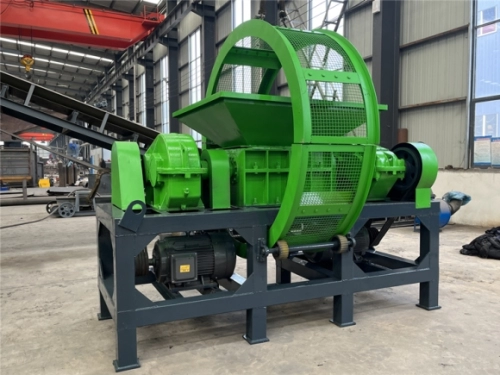What is the difference between biomass pellet machine and feed pellet machine?
The main differences between biomass pellet machines and feed pellet machines are their internal structure, working mode, product use, price and mold thickness.
Internal structure:
1. The internal structure of the feed pellet machine includes the pelleting chamber, pressing roller, mold and electronic control system, water spray stirring device and high-temperature steam maturation device.
Feed production has higher requirements for tempering temperature. High-temperature steam can make the feed mature, which is beneficial for animals to obtain higher nutrition. Therefore, the pelleting time of the feed pellet machine is usually longer to ensure the maturation degree and stability of the feed pellets.
2. The internal structure of the biomass pellet machine includes the pelleting chamber, pressing roller, mold, main shaft, automatic lubrication system, cutting system, electronic control system, etc.
Since the composition and characteristics of biomass pellet materials are different from those of feed pellets, the biomass raw materials only need to be pressed into high-density biomass pellets after crushing, so the biomass pellet machine has fast pelleting and high particle density.

Granulation size :
1. The feed pellet machine will make the prepared feed powder and raw materials such as straw and vegetable leaves into pellets. The diameter of the feed pellets is usually 2-8MM, which is suitable for feeding pets or poultry, livestock, cattle, sheep and other animals.
2. The biomass pellet machine increases the pelleting density, and the moisture content of the raw materials cannot exceed 20%. The diameter of biomass pellets is usually 8-12MM, and the main uses are in energy generation and combustion heating industries.
Price and grinding disc thickness :
1. The internal structure and manufacturing process of the feed pellet machine are relatively simple. The raw materials are mainly straw and grain crops, which are easier to press, so the grinding disc thickness of the feed pellet machine is thin.
2. The raw materials of biomass sawdust have high density and high toughness. The grinding disc thickness of the biomass pellet machine is thicker than that of the feed pellet mold to cope with the friction and pressure of the biomass material, so as to ensure stable production capacity and long service life.
Feed pellet machines and biomass pellets machine correspond to two types of machines: flat die pellet machine and ring die pellet machine.
The flat die pellet machine has low pelleting efficiency and low density of pressed pellets, so it is cheap. Ring die pellet machines have high pelletizing efficiency, high density of pressed pellets, and are relatively expensive.
Hengju Machinery provides two types of pellet machines: flat die pellet machines and ring die pellet machines. Customers can choose according to their actual needs. Whether it is a flat die pellet machine or a ring die pellet machine, they are all designed by professional engineers of Hengju Machinery, with stable structure and high quality. Welcome to consult.
Copyright: Copyright belongs to Hengju Machinery! Reprint please indicate the source: https://www.hengjumachinery.com/company-news/what-is-the-difference-between-biomass-pellet-machine-and-feed-pellet-machine.html










